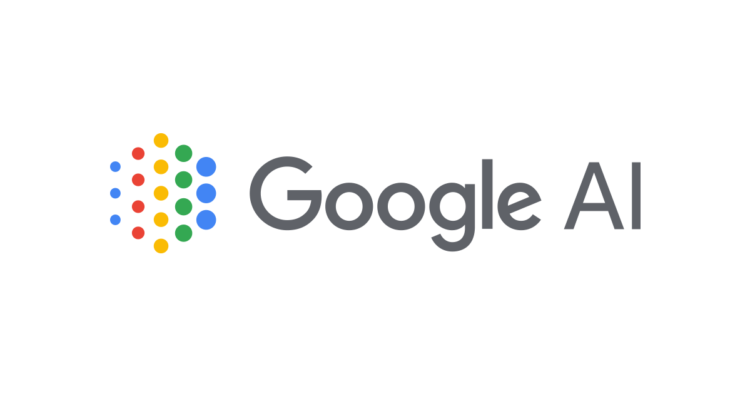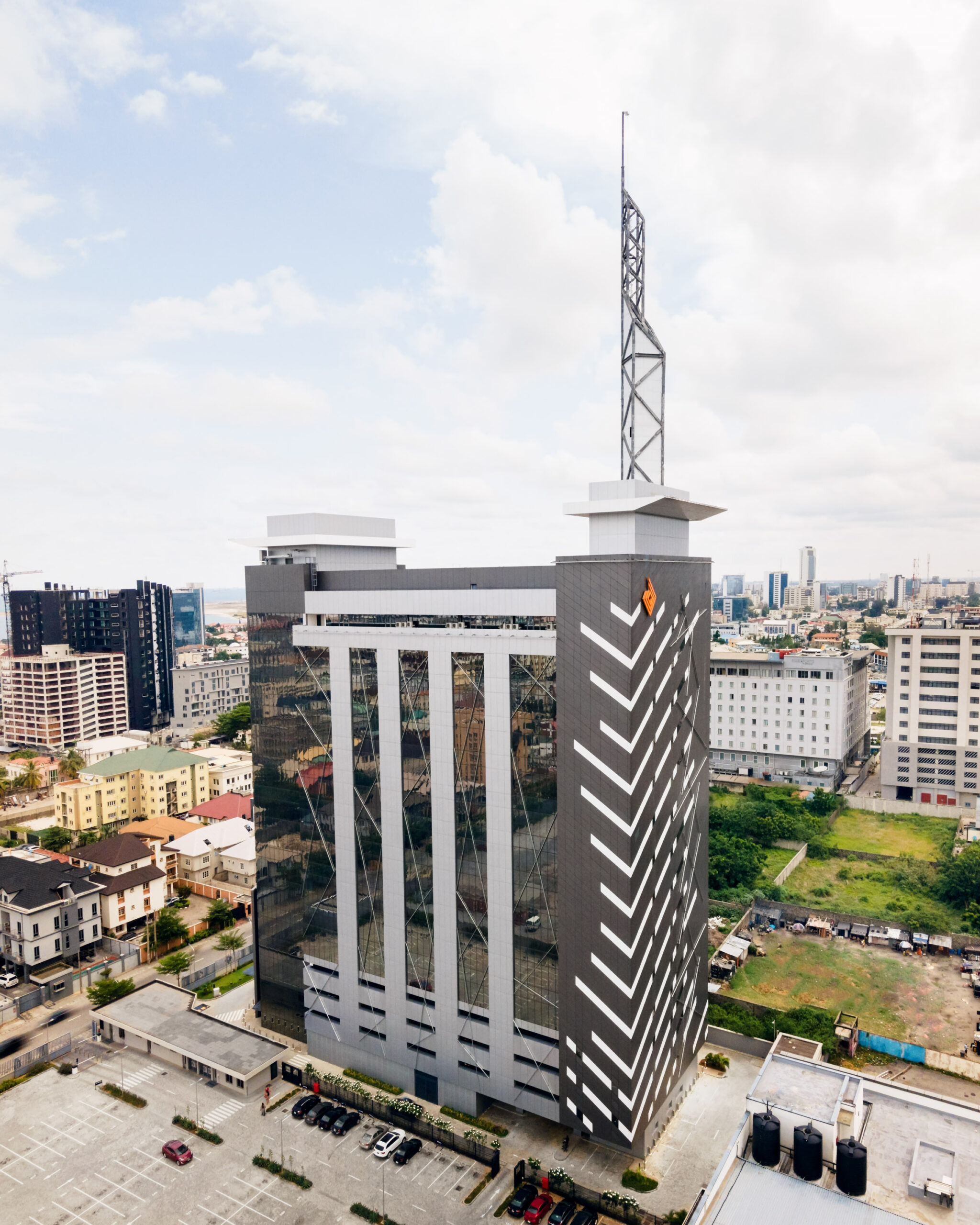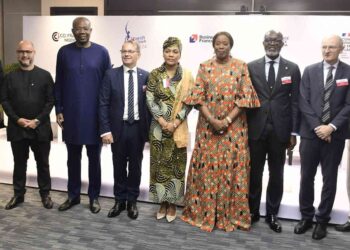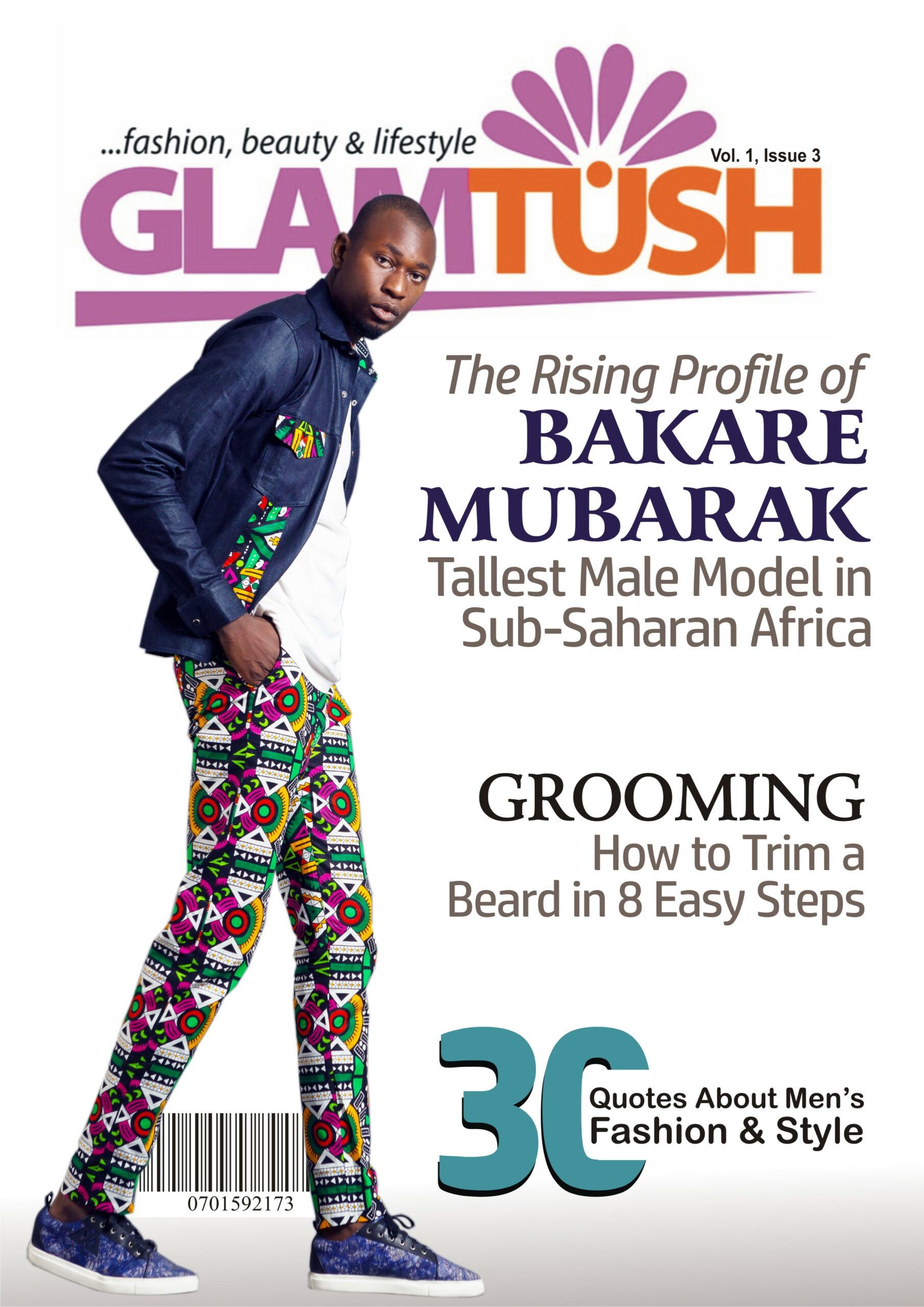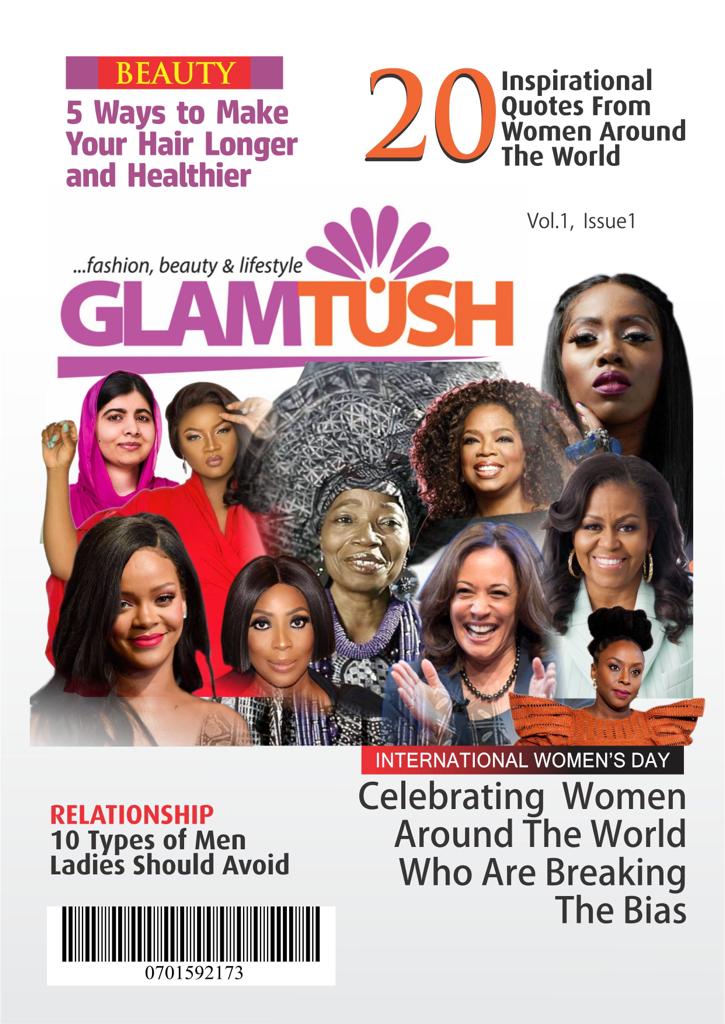9 ways AI is powering Google products are discussed below.
The past few years have seen huge breakthroughs in the use and application of artificial intelligence — and AI holds major promise for people around the world. AI already powers Google’s core products that help billions of people every day.
Here are nine ways we use AI, today, to make our products even more helpful, including some of our recently announced features:
-
Search. When Google was founded, most searches happened on computers in homes, computer labs or libraries. Twenty-five years later, AI is making it possible to search in new languages, with new inputs (like searching with your camera, or even humming a tune) and even multiple inputs at once. And now thanks to multisearch, you can search with images and text at the same time with the Google app. So next time you’re inspired by an interesting wallpaper pattern, you can just snap a photo and add text to find that pattern on a shirt. The ability to multisearch is powered by the latest in computer vision and language understanding techniques.
-
Maps. Google Maps uses AI to analyze data and provide up-to-date information about traffic conditions and delays — sometimes helping you avoid a traffic jam altogether. Now with an immersive view, Google Maps fuses together billions of Street View and aerial images to create a rich, digital model of the world – letting you truly experience a place before you ever step foot inside. With AI, we use 2D images of a venue to generate a highly accurate, 3D representation that models the true complexity of what a place is like – so you can see if a restaurant has great lighting for a date night or an awesome outdoor seating area.
-
Translate uses AI and machine learning to break down language barriers and allow people to connect across the world. We’re continuing to push state-of-the-art ML-driven translation, now with 133 languages supported. And we’ve expanded the number of languages available on-device in the Translate app as well, with 33 new available to use whether you have a network connection or are traveling without one, including Basque, Corsican, Hawaiian, Hmong, Kurdish, Latin, Luxembourgish, Sundanese, Yiddish and Zulu, among others, to make helpful translations more accessible and less network-dependent.
-
Pixel. AI helps your Pixel phone instantly translate between 21 languages in chat, as well as facilitate a verbal conversation between 6 different languages in Interpreter Mode. It’s also what enables Magic Eraser to remove distractions from photos.
-
Photos. People take a lot of photos but an abundance of pics makes it easy for memories to get buried. So back in 2015, we developed AI in Google Photos to help you search for photos by what’s in them. And more recently, we’ve used AI in Photos to help you revisit forgotten “Memories.”
-
YouTube. YouTube uses AI to automatically generate captions for videos, making them more accessible to a wider audience, including those who are deaf or hard of hearing.
-
Assistant. Human beings speak like…human beings. For a long time, computers did not. The Natural Language Processing (NLP) AI technology developed for Assistant allows it to understand and respond in a way that mimics human communication — which allows it to parse the text of your question that tries to identify the meaning of your question. So AI is what enables your phone, your Home, your TV, or your car to understand what you mean by “Hey Google, where’s the closest dog park” — and quickly get you directions.
-
Gmail. We’re all familiar with features like autocomplete and spell check, both of which are powered by AI. But if you’ve ever wondered why Gmail is less spammy than other email services — look to AI. Our spam-filtering capabilities are powered by AI, and they block nearly 10 million spam emails every minute — and prevent more than 99.9% of spam, phishing attempts and malware from reaching you.
-
Google Arts & Culture’s “Woolaroo” helps 17 global language communities to preserve, expand and share their language with you. By applying machine learning, Woolaroo can recognize objects in front of your camera and propose translations for them – promoting language learning and preservation for heritage including Mãori, Louisiana Creole and Yiddish.


